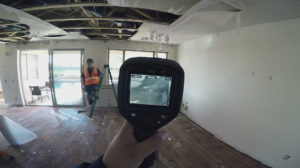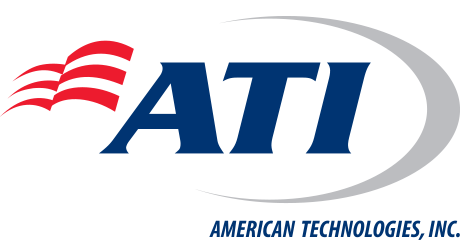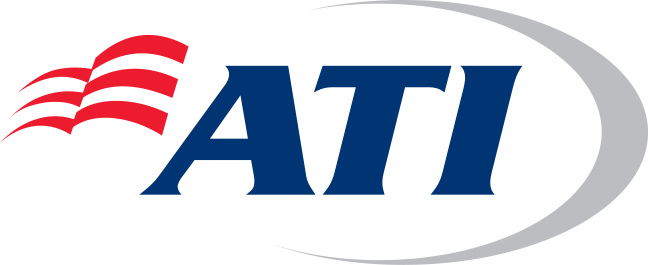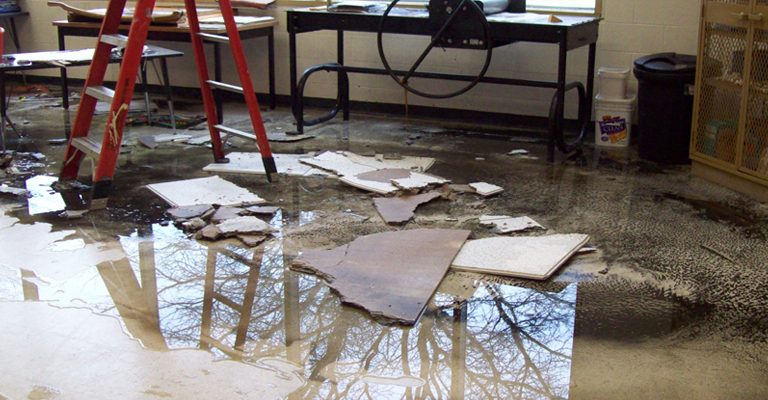Our Water Damage & Water Extraction Process
Water is responsible for more interior property damage than any other substance. As such, it is critical to address water damage and its after effects right away. ATI has the expert team to get your home or business back on its feet.
 Upon receiving your call, we quickly dispatch a crew to assess the amount of water damage in the loss location and the number of rooms and/or floors that are affected. When we arrive, we review the scope of the restoration work with you in detail. There is a typical three-step process that involves:
Upon receiving your call, we quickly dispatch a crew to assess the amount of water damage in the loss location and the number of rooms and/or floors that are affected. When we arrive, we review the scope of the restoration work with you in detail. There is a typical three-step process that involves:
- Water extraction - First, we extract standing water from all floor coverings (carpet, wood flooring, tile, vinyl). Until water is removed, it can continue to damage the building’s structure and contents. Our technician determines if the pad and floor coverings can be dried out in place or if they must be removed.
- Detection - We use moisture detection tools to monitor water damage in materials including drywall/plaster, trim work, and cabinets. When we determine how saturated materials are, we either: dry them in place using specialized equipment, remove the materials, or employ a combination of both methods.
- Drying - We determine the amount and type of drying equipment needed. Typically, we install a combination of drying fans, dehumidifiers, and negative air machines. We examine many factors (such as when the loss occurred, the magnitude of water damage, and size of the affected areas) to determine the best drying strategy to utilize as well as the quantity of equipment necessary.
Categories of Water Damage
Categorizing the level of contamination of the water in a damaged structure not only helps us perform a loss assessment, but it is also essential for establishing correct drying strategy and procedure. Water damage is divided into three general categories:
- Clean water that originated from a source that does not pose substantial harm to humans. Examples include: broken water supply lines, melting ice or snow, falling rainwater, broken toilet tanks, and toilet bowls that do not contain contaminants or additives. Clean water may deteriorate with time as it dissolves or mixes with soils and other contaminants.
- Gray water contains a significant level of contamination and has the potential to cause discomfort or sickness if consumed by or exposed to humans. Gray water may contain chemicals, bio-contaminants (fungal, bacterial, viral, algae), or other contaminants. Examples include: discharge from dishwashers or washing machines, overflows from washing machines, overflows from toilet bowls with some urine (no feces), sump pump failures, seepage due to hydrostatic pressure, broken aquariums, and punctured water beds. Gray water that remains untreated for longer than 48 hours may escalate to Category 3.
- Black water contains pathogenic agents and is grossly unsanitary. Anyone with a compromised immune system, respiratory problems, or allergies, as well as young children and the elderly must remain off the job site until the building is judged safe for occupancy. Black water includes sewage and other contaminated water sources entering or affecting the indoor environment, such as: toilet backflows, flooding from seawater, ground surface water, and rising river water. Category 3 water can contain contaminants such as pesticides, heavy metals, or toxic substances.
To further ensure a safe and effective environmental remediation, our crews are rigorously trained in mold removal procedures approved by the Indoor Air Quality Association (IAQA); Institute of Inspection, Cleaning and Restoration Certification (IICRC); the Restoration Industry Association (RIA); and our own in-house trainers. In addition, all of our superintendents, operations managers, project managers, project directors and regional managers hold Certified Mold Remediation (CMR) certifications.


